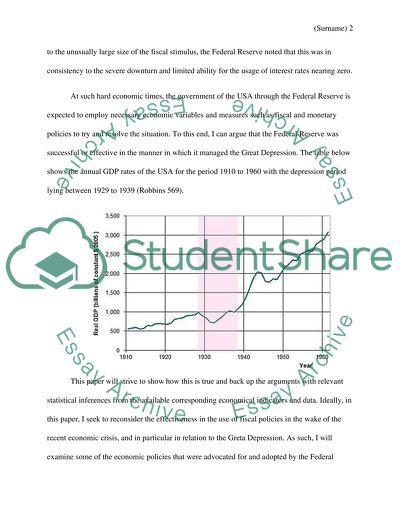Cite this document
(“The Federal Reserve was effective/successful in its management of Essay”, n.d.)
The Federal Reserve was effective/successful in its management of Essay. Retrieved from https://studentshare.org/finance-accounting/1496596-the-federal-reserve-was-effective-successful-in
The Federal Reserve was effective/successful in its management of Essay. Retrieved from https://studentshare.org/finance-accounting/1496596-the-federal-reserve-was-effective-successful-in
(The Federal Reserve Was effective/Successful in Its Management of Essay)
The Federal Reserve Was effective/Successful in Its Management of Essay. https://studentshare.org/finance-accounting/1496596-the-federal-reserve-was-effective-successful-in.
The Federal Reserve Was effective/Successful in Its Management of Essay. https://studentshare.org/finance-accounting/1496596-the-federal-reserve-was-effective-successful-in.
“The Federal Reserve Was effective/Successful in Its Management of Essay”, n.d. https://studentshare.org/finance-accounting/1496596-the-federal-reserve-was-effective-successful-in.


